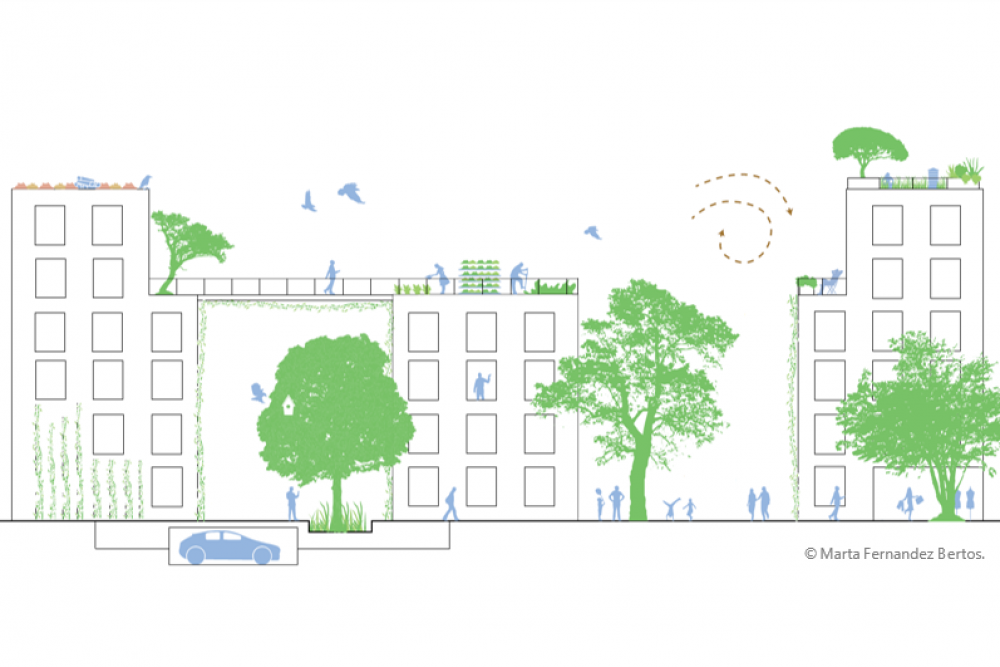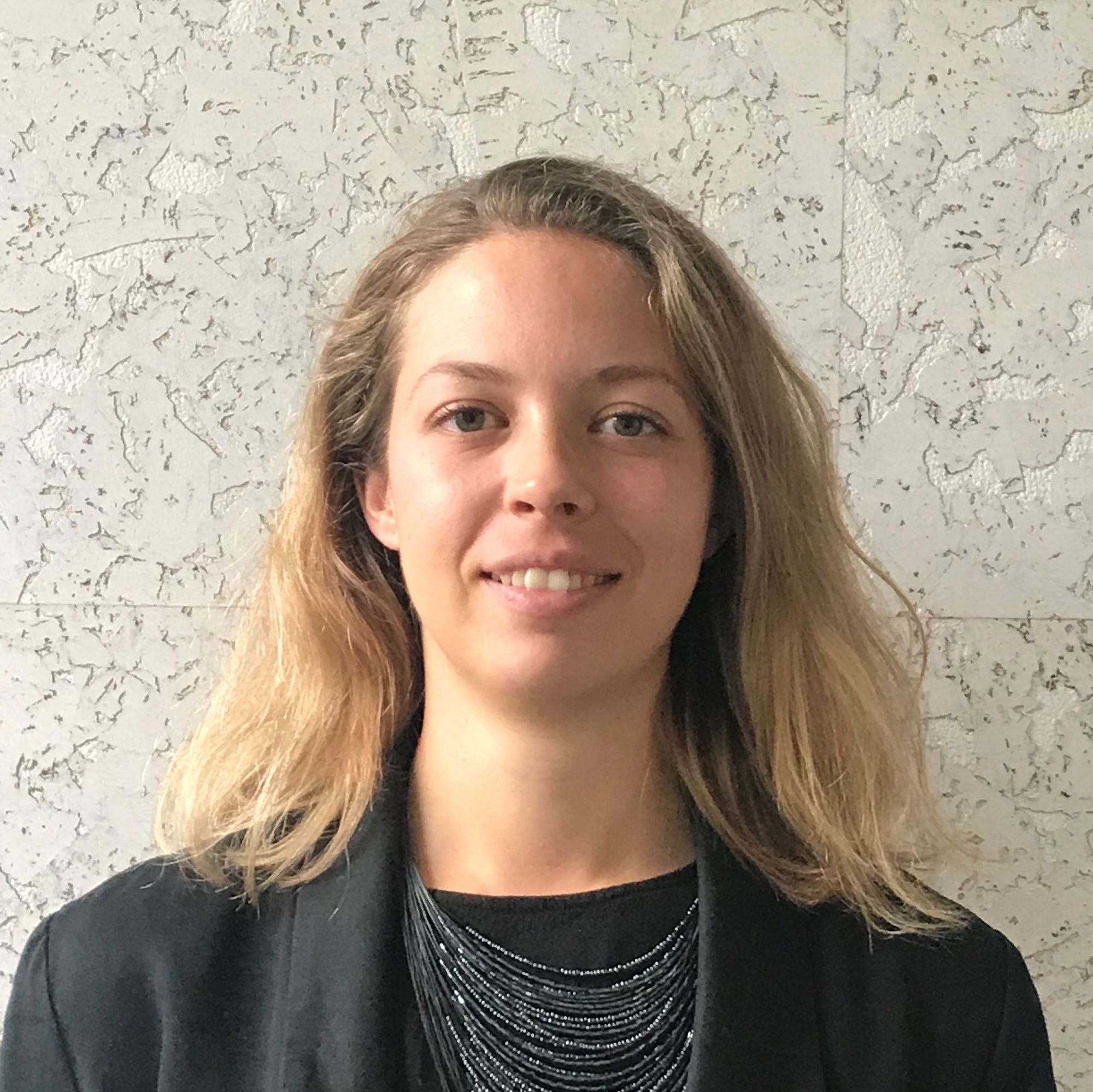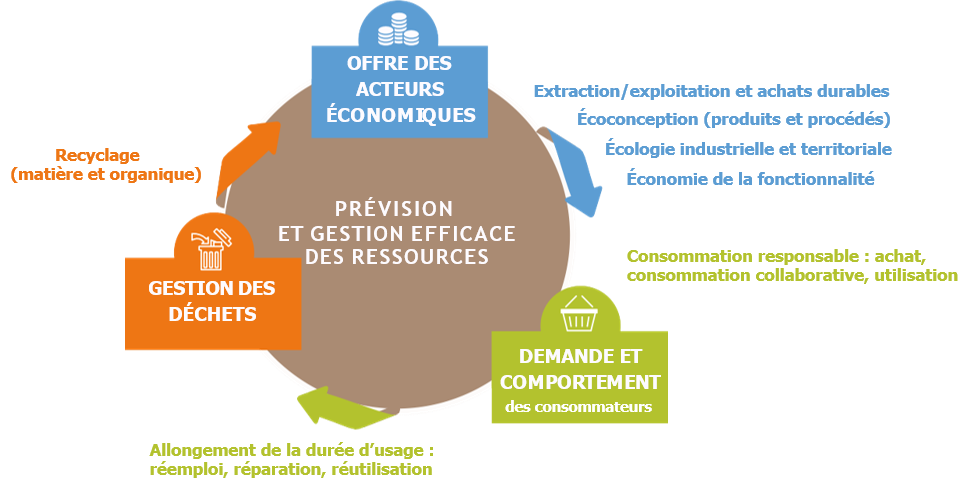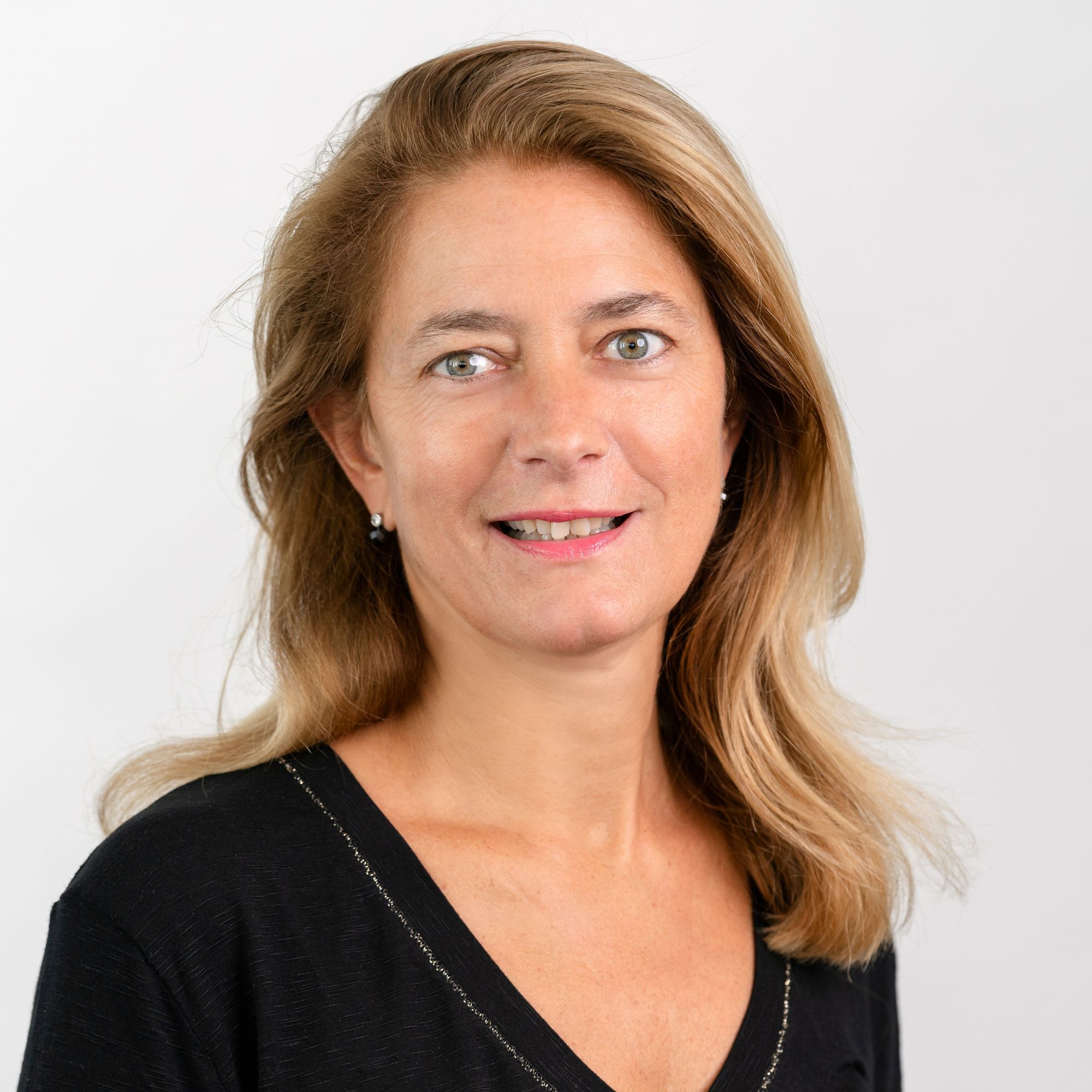- Home
- EN
- Kardham Group
- News
The obstacles to the circular economy in real estate: lessons learned
February 2021

The ESPI Reflections and Research laboratory (ESPI2R) has just published the proceedings of its first day "Sustainable real estate: from the city of today to the city of tomorrow", in which the Kardham Green Team participated.
The participants were interested in sustainable real estate, and more particularly in the production of a common language making it possible to address both the production of built spaces and their management, while making room for questions about people and nature. in the city.
3 themes were discussed:
- Circular economy and multifunctionality
- Renewal of cities
- Sustainable urban systems

Caroline Bouteloup
Head of the Rehabilitation and Park Management Division (CSTB)
Formerly Deputy Director of the Kardham Engineering division

Joanne Peirani
Environment project manager
Four main obstacles identified
- A lack of training that does not help change mentalities
While project owners (MOA) are increasingly interested in issues relating to the environmental impact of projects, managers must still be convinced that the circular economy (see diagram below) represents long-term value creation. . This model must be integrated into the entire chain, from research & development to communication.
However, this requires training teams such as students in architecture or engineering schools. In addition, the establishment of circular economy indicators would make it possible to measure the impact of actions and thus facilitate their management.
- The slow evolution of the legal and regulatory framework
As some materials cannot be readjusted, they would be excluded from the reuse market due to the absence of reports attesting to their performance.
Technical equipment, such as those of the fan coil type, also suffers from a lack of insurance and guarantees, despite the commitments of players such as Cycle Up. For a holistic approach to the circular economy, it seems imperative not to compartmentalize the market.
- A sometimes complex implementation
The reuse of construction or landscaping materials assumes that the platforms are well informed about the availability of products, their quantity and their characteristics. However, we are only at the beginnings of this approach, which makes the volume of materials accessible very fluctuating, while the excess time currently imposed on their integration into projects can weigh on building professionals.
- The beginnings of the supply and demand game
As mentioned above, reuse platforms have been organized, but the volume of materials passing through them may not yet be sufficient to encourage project managers (MOE) to use them systematically. The choice of materials is therefore still limited. It is to be hoped that by democratizing the circular economy approach the number of products in circulation will increase, which will promote the attractiveness of this economic model.
- The beginnings of the supply and demand game
As mentioned above, reuse platforms have been organized, but the volume of materials passing through them may not yet be sufficient to encourage project managers (MOE) to use them systematically. The choice of materials is therefore still limited. It is to be hoped that by democratizing the circular economy approach the number of products in circulation will increase, which will promote the attractiveness of this economic model.
Project 1: the necessary anticipation of re-employment
Renovation of 15,000 m² of Parisian offices and modification of the facade
Initially, the client asked Kardham for a project management assistance mission (AMO), to which was then added a building project owner (architecture and engineering) as well as a digital project owner and building information modeling (BIM) assignment. ).
Financial profitability requires, the company intends to rent its premises once the work has been completed.
In this context, the MOA wanted to assess the potential for reuse of the materials available on its site. Kardham called on the Cycle Up reuse materials exchange platform to cost a "resource diagnostic" mission.
This company also assumes the role of AMO in the circular economy.
Finally, the process was interrupted, because the cleaning had already been initiated on the materials identified by the resource diagnostic as being the most interesting. The bottom line: anticipating diagnoses is necessary when it comes to re-employment.
The goal is to estimate and identify eligible materials and then perform careful removal tests to ensure that the materials respond well to this operation.
In such a project, the MOA must therefore be made aware of the importance of planning so as not to miss a step that would prevent the smooth running of the procedure. Nevertheless, the fact that a client with a very marked "investor" profile is asking for the implementation of a circular economy approach is promising.
Project 2: respect strong budgetary constraints
Development of 18,000 m² of offices in Courbevoie
For the work at the headquarters of the company concerned, Kardham performed a mission as a general contractor, equivalent to "turnkey", and took charge of the entire site, from design to work. The peculiarity of this case lies in the lack of particular will of the MOA
to engage in a circular economy approach. It is indeed a budgetary constraint that has led to the re-use of a large part of the interior partitions. The consequences for the project were multiple.
First, the schedule was impacted, since careful cleaning of these partitions had to be scheduled. Then came the question of on-site storage by floor. Finally, the cleaning of the partitions is not sufficient, the use of an electrostatic paint on all surfaces has proved to be imperative, which has resulted in a particular protection of workers (masks), installation in staggered hours as well as 'long drying time.
This experience demonstrates the real economic interest of the circular economy. Even taking into account the necessary adaptations in terms of planning, work forecasts and the purchase of additional equipment and materials, the balance has tilted in the direction of reuse. It is true that the large scope of the project lent itself particularly well to this exercise.
Project 3: new construction and circular economy at the heart of the CSR approach
Interior design of 12,000 m² of offices in Bagneux
Kardham also fulfilled a mission of general contractor for a building to be built for the benefit of its client. In line with the societal and environmental responsibility (CSR) approach, the MOA requested a presentation of the circular economy, the Cradle to Cradle² label ("From cradle to cradle") as well as a "material library" of labeled products. The company is indeed one of the companies that responded to the Carbon Disclosure Project (CDP) ³, which aims to reduce the environmental impacts of supply chains, for which it has, moreover, implemented a very structured policy for several years.
However, it would seem that the MOA had difficulty in planning also upstream of the construction, then in the design phase: the owner wanted to have a budget and calendar comparison with a new implementation.
The Cradle to Cradle label is nevertheless part of a circular economy approach by justifying the eco-design of products and their health and environmental qualities. This can therefore be perfectly applied to a new project, thanks to responsible purchasing.
The areas and pillars of the circular economy. Adapted from "The circular economy. 3 areas, 7 pillars ", by ADEME
Project 4: from flooring to furniture
Development of a 356 m² office space in La Défense
This is an MOA contract for architectural lots and office furniture. The client had a real desire to widely incorporate the principles of the circular economy into its development program.
The Kardham project team thus integrated destocking carpet from the catalog of two major specialist brands that have been involved in the circular economy for several years. The choice of colors or textures was limited, but financially relevant. While additional time for research is to be expected, this approach can nonetheless prove to be very interesting in development projects on a smaller budget.
It was also necessary to sensitize the "studio", the center in charge of the artistic creation of the installations, to this economic model more respectful of the environment in order not to depart from the framework given by the MOA. Regarding the layouts, which are architectural elements made to measure, Kardham has worked alongside recognized players in the reuse of materials: Atelier Extramuros and UpCycly. Atelier Extramuros is a social integration company specializing in the creation of unique furniture from reclaimed and reclaimed wood, as is UpCycly, which works directly with future users.
However, due to budget constraints at the end of the work, the MOA bought part of the furniture through a framework contract with a supplier for the whole company. The furniture is therefore not ultimately exclusively from reuse.
¹Caroline Bouteloup has been Head of the Rehabilitation and Park Management Division - Energy and Environment Department at the Building Scientific and Technical Center (CSTB) since September 2019.
²Ecodesign concept according to which a product or a service benefits from an infinite and autonomous life cycle.
³International non-profit organization that estimates the environmental impact of businesses, cities.
Show more
Discover the entire publication by clicking here


